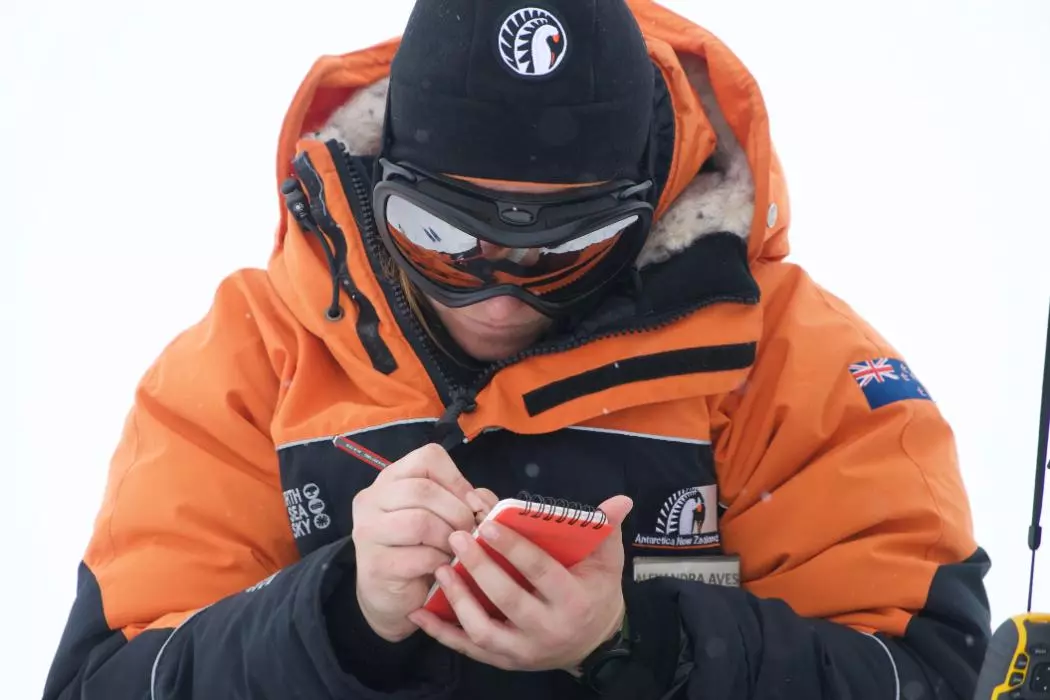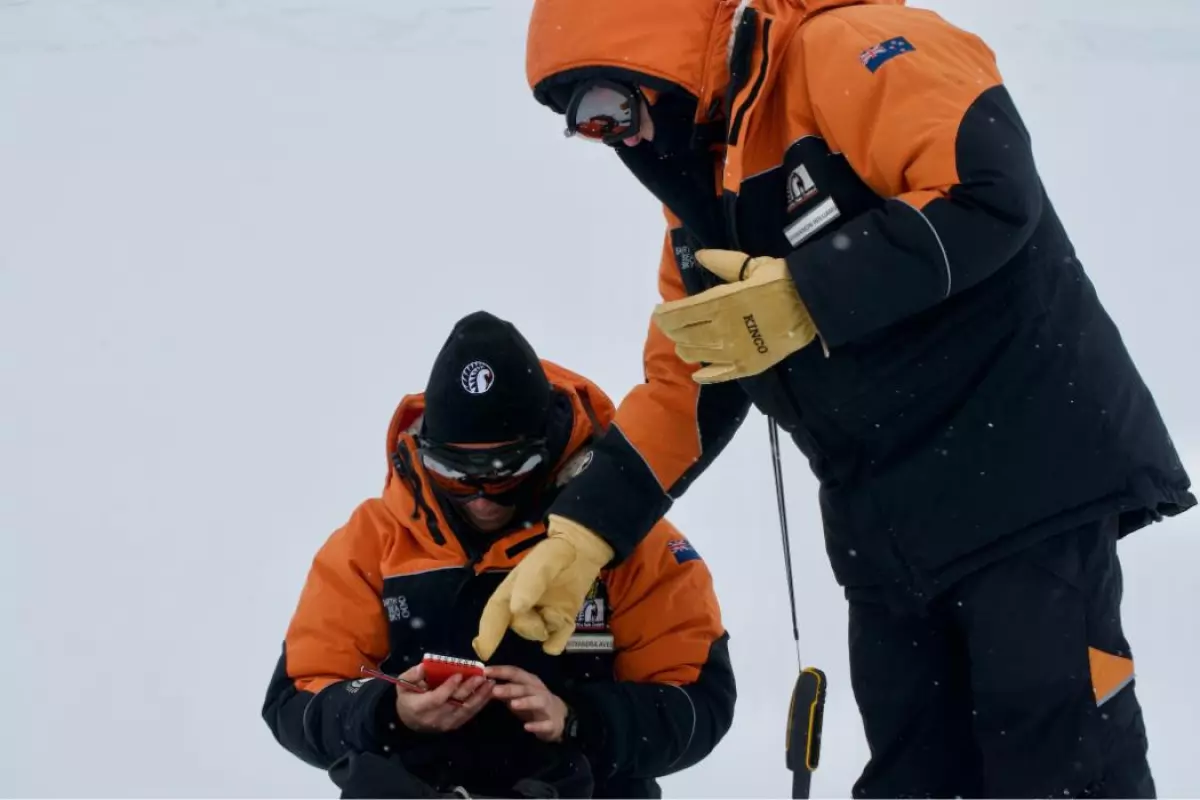The ongoing discovery of microplastics in remote, seemingly pristine corners of the world continues to add important detail to a troubling picture of widespread pollution, and the latest finding takes the threat into new terrain. In freshly fallen snow in the Antarctic scientists have uncovered the first evidence of microplastics, which presented in even higher concentrations than previously reported in the surrounding seas.
As scientists expand the scope of their studies into the spread of plastic waste, tiny fragments of the material continue to turn up in all kinds of places, some more surprising than others. The breakdown of things like shopping bags and soda bottles is a well-known source of microplastic pollution in the ocean, but these have recently been found to get swept up with the wind, reach the upper parts of Mt Everest, build up in Arctic sea ice and snow, and accumulate in the agricultural soils of Europe.
When University of Canterbury PhD student Alex Aves set out on a research expedition to Antarctica's Ross Ice Shelf in 2019, her colleagues didn't see the discovery of microplastics in the area as a strong possibility.
“When Alex traveled to Antarctica in 2019, we were optimistic that she wouldn’t find any microplastics in such a pristine and remote location,” said Associate Professor in Environmental Physics Dr Laura Revell. "We asked her to collect snow off the Scott Base and McMurdo Station roadways, so she’d have at least some microplastics to study.”

Upon her return to the lab with snow samples in tow, the team analyzed them with a technique called micro-Fourier transform infrared spectroscopy, and found some depressing surprises. These inspections indeed revealed microplastics in the snow samples from the Ross Ice Shelf, and in every one of the samples collected at all sites throughout the expedition.
“It’s incredibly sad but finding microplastics in fresh Antarctic snow highlights the extent of plastic pollution into even the most remote regions of the world,” said Aves. “We collected snow samples from 19 sites across the Ross Island region of Antarctica and found microplastics in all of these.”
The researchers found an average of 29 microplastic particles per liter of snow, which they note is a higher concentration than previously reported in the surrounding Ross Sea and Antarctic sea ice. In samples collected around the research bases, the concentration was three times higher. Thirteen different types of plastic were found in the samples, with the PET used in soda bottles and clothing the most common.
“Looking back now, I’m not at all surprised,” said Revell. “From the studies published in the last few years we’ve learned that everywhere we look for airborne microplastics, we find them.”
While we have much to learn about the dangers of microplastic contamination, early studies have highlighted some concerning possibilities. These include impairing growth, reproduction and cognitive ability in marine organisms, inducing toxic effects on human cells, and potential links to high cholesterol and heart disease. The spread of microplastics into Antarctic snowfall indicates it's nigh-on impossible to avoid such dangers, no matter where you are.
"Whilst research around the impacts of nano- and microplastics is still in its infancy, they are being seen to affect organisms and ecosystems in a variety of ways," said Dr Olga Pantos, Senior Scientist at New Zealand's Institute of Environmental Science and Research. "It is therefore of concern that yet another remote ecosystem is exposed to more impacts resulting from human activity."
The research was published in the journal The Cryosphere.
Sources: University of Canterbury, Scimex




